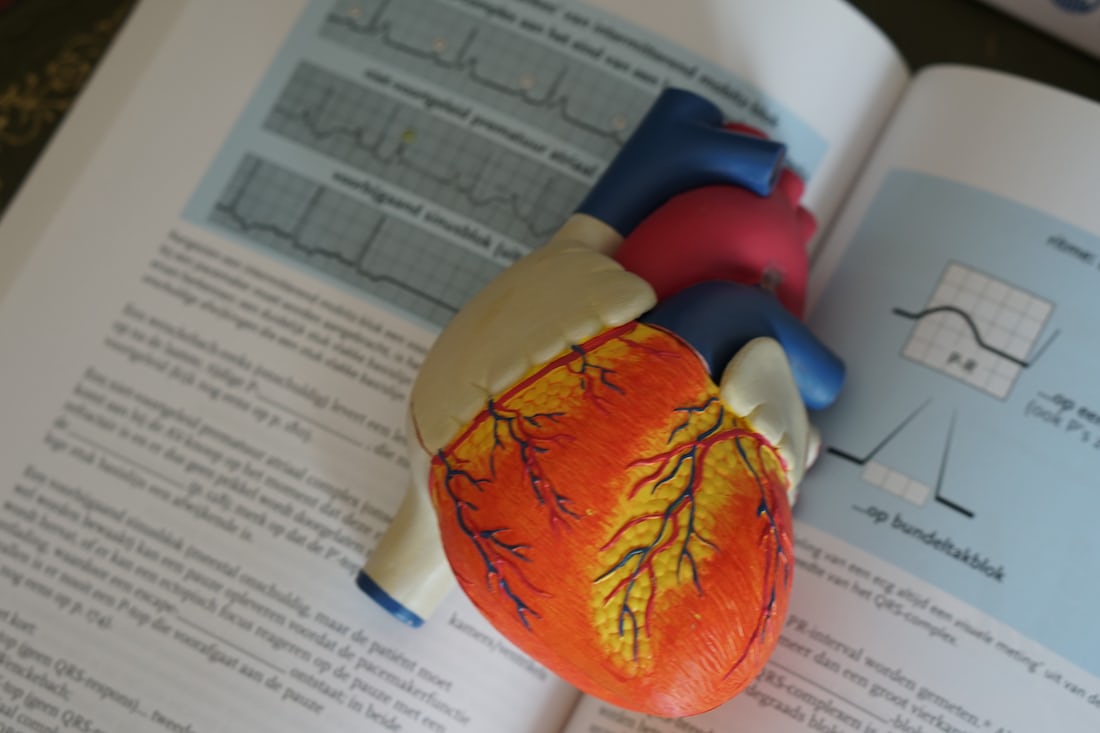How can I test myself for a heart attack full detailed information
A heart attack, also known as a myocardial infarction, occurs when the blood flow to a section of the heart is blocked, typically by a buildup of plaque in the coronary arteries. Symptoms of a heart attack can include chest pain or discomfort, shortness of breath, nausea, and sweating.
1. Chest pain or discomfort
This is the most common symptom of a heart attack. It may feel like a squeezing, pressure, or fullness in the center or left side of the chest.
2. Shortness of breath
Difficulty breathing or feeling like you can't catch your breath may be a sign of a heart attack.
3. Nausea or vomiting
Some people may experience stomach upset or feel sick to their stomach during a heart attack.
4. Sweating
A cold sweat or breaking out in a sweat for no apparent reason may be a symptom of a heart attack.
5. Lightheadedness or dizziness
Some people may feel lightheaded or dizzy during a heart attack.
6. Arm or jaw pain
Pain or discomfort in the arms, jaw, neck, or back may also be a sign of a heart attack.
If you experience any of these symptoms, it is important to seek medical attention immediately. Call 911 or your local emergency number or have someone drive you to the nearest hospital.
It is also important to note that not all heart attacks have the same symptoms. Some people may experience no symptoms at all, while others may only have mild symptoms. Therefore, it is important to pay attention to your body and seek medical attention if you suspect you may be having a heart attack.
In addition to monitoring your symptoms, you can also take steps to reduce your risk of heart attack, such as eating a healthy diet, exercising regularly, not smoking, and managing any underlying health conditions such as high blood pressure or diabetes.
To sum up, testing yourself for a heart attack involves paying attention to your body, looking out for common symptoms such as chest pain, shortness of breath, nausea, and sweating. If you experience any of these symptoms, seek medical attention immediately. Additionally, you can reduce your risk of heart attack by taking steps such as eating a healthy diet, exercising regularly, not smoking, and managing underlying health conditions.
Tags:
Educational
